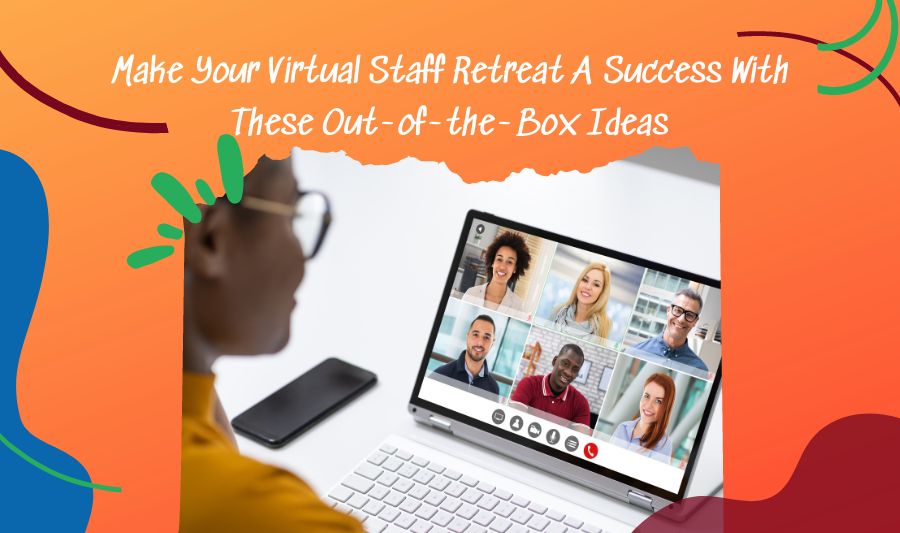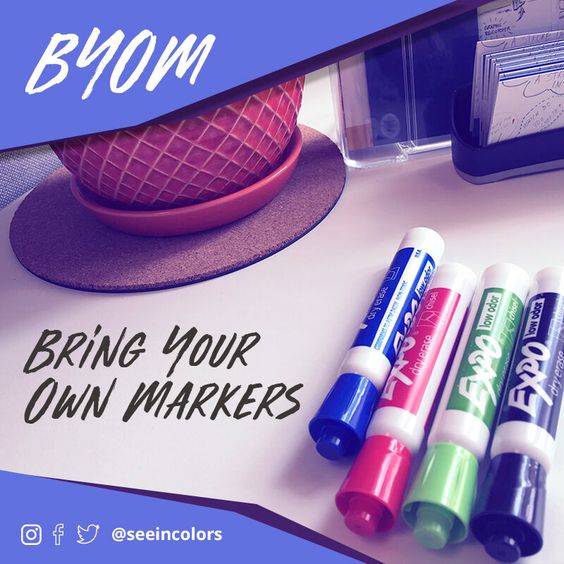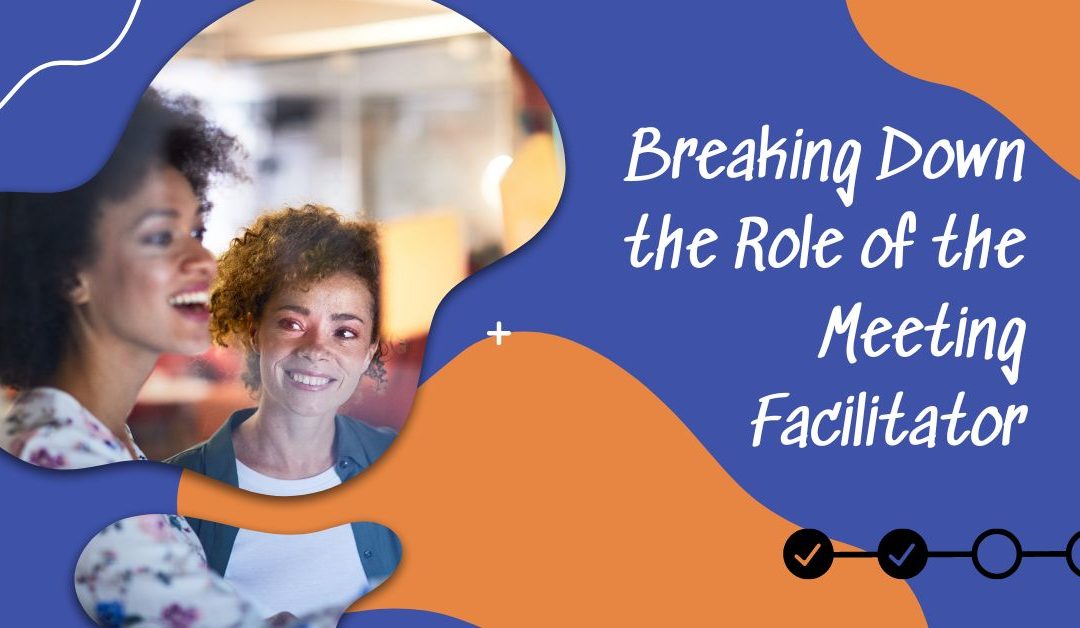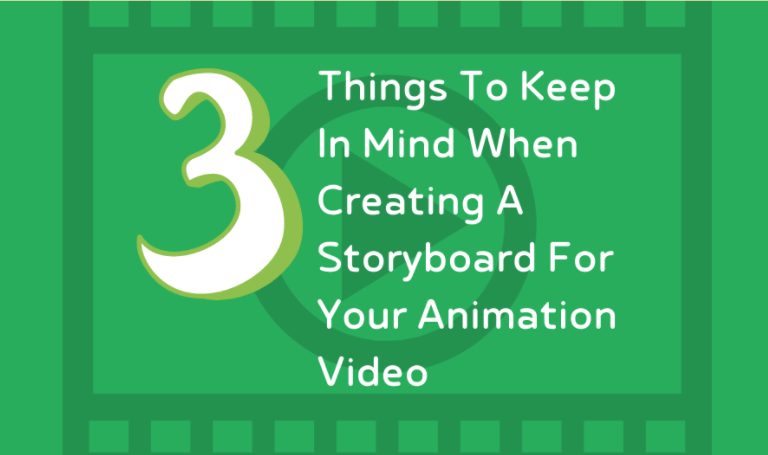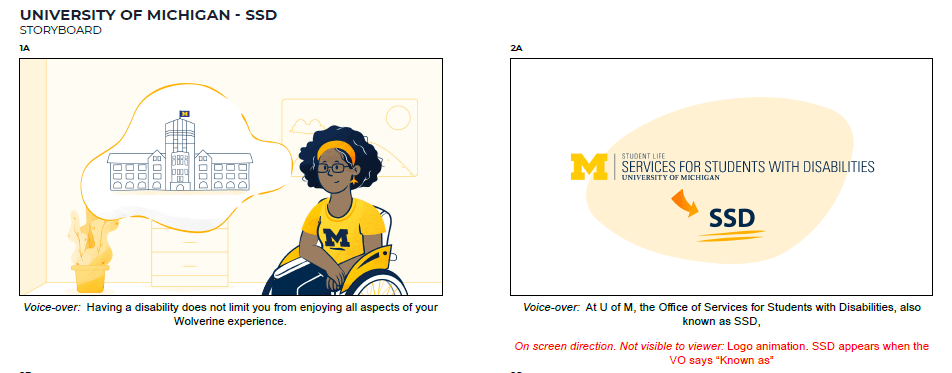
Press Release: See In Colors Awarded Project Restore Grant to Expand Business Operations
PRESS RELEASE
March 9, 2023
For Immediate Release
See In Colors Awarded Project Restore Grant to Expand Business Operations
Greenbelt, Maryland – See In Colors, a woman owned visual communication company, is proud to announce that it has been awarded a grant from the Governor of Maryland. The grant will help support the business’s efforts to promote economic growth and job creation in the area.
The award is a part of the Project Restore initiative, which seeks to help businesses that are expanding, opening, or moving into previously vacant commercial space. The Governor stated that the initiative has been a huge success, and that the latest round of grants will further extend its impact across the state. See In Colors was 1 out of 376 select business owners awarded this round.
“We are thrilled to be recognized for the importance of our work and efforts to make a positive impact on our community.” said Lisa Nelson, Founder/CEO of See In Colors. “Our new office is situated in the heart of Old Greenbelt at The Granite Building. We look forward to working with other local businesses to support economic recovery in Greenbelt and across the state.”
About See In Colors
See In Colors is a visual communication company that “draws the big picture” for organizations using strategic planning, training, and meeting facilitation. These services enable public and private sector organizations to see solutions and have impactful programs. For more information about See In Colors, please visit their website at seeincolors.com
###

